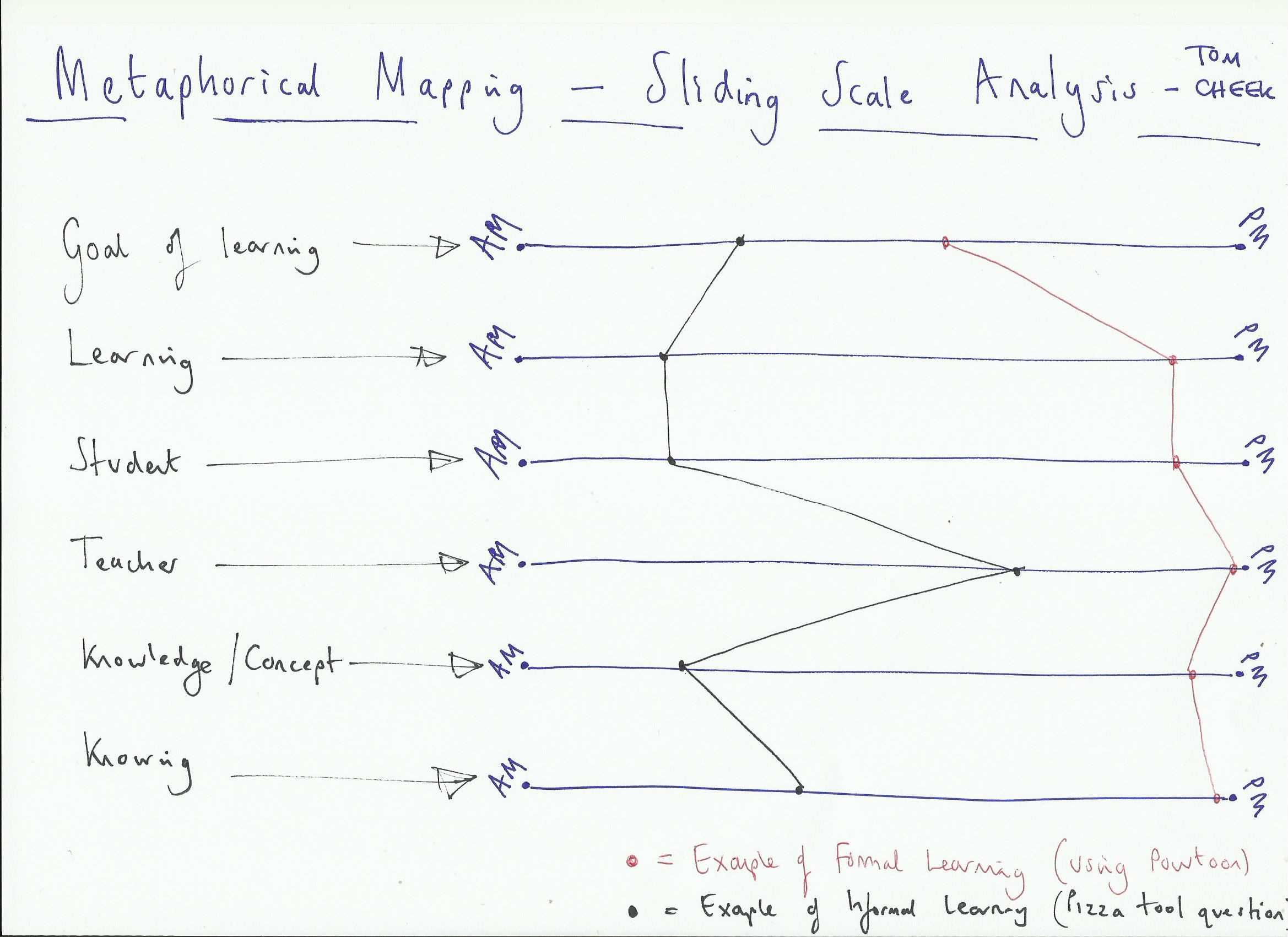Rationale
Canadian National Railways – Sir Henry Thornton saw the commercial reasons to offer radio as an incentive to use the network over the main competitor CPR. The large scale of Canada, scattered population, difficulty in accessing remote areas, disparity of education between rural and urban areas and the need to access vast areas with a minimum infrastructure were all drivers to use radio as an educational medium. These factors and Thornton’s understanding of the social value as well as the commercial value all contributed to the development
Educational Purposes
Initially developed for young children education. Then developed to reach those who were deemed learning disabled.
Role of the teacher and learners
The teachers were sent activity packs before the broadcasts so to be able facilitate the lessons.
There was a focus on encouraging participation from the learners to retain and recruit new listeners (schools and their learners). This included sending in skills and knowledge that they could share (guests) and also responding to questions at the end of broadcasts.
Advantages and Limitations
Utilised the existing rail network as a network of transmitters for radio broadcasts across a broad geography. The limitations included the lack of funds for schools to invest in the radio as any lack of finances often was prioritised to text books. Additionally there is provincial responsibility of education in Canada. Many Provinces didn’t like the content developed outside as it may not align well to their curricula. Another negative factor was the issue of time difference which impacted on broadcasting time/listening time for some schools
South African Radio Learning Programme
Rationale
The key Millennium Development goal of achieving universal primary education had particular focus. The programme formed part of the ‘English in Action’ programme. There was the need to roll out a large scale programme that did rely on expensive ICT. Radio was seen as suitable method for a low-cost multi-channel programme
Educational Purposes
The distance learning programme (radio) evolved into Open Learning that used Radio as a base and as one form of the delivery combined with and enhanced: Workshops; lesson observations; working groups. Over time the teacher engagement become more prevalent and the curricula grew from one (for the learner) to two curricular (to include teachers).
Role of the teacher and learners
The role of the teacher became more important throughout and teacher development was a fundamental part of the project. New roles were includes such as a Regional Coordinator and ‘Teacher Development Coordinator’ that shifted the pedagogy from distance learning to open learning. This included teachers being encouraged to network and form working groups. Teachers received the audiotapes with classrooms posters, activities and guidance from the Regional Coordinator.
The learners received a range of audio lessons on audiotape each of 30mins duration. In 1993 the focus was on Grade 1 English with 118 radio lessons. 14500 learners were involved. Those who completed this level them progressed in 1994 with 130 radio lessons for Grade 2 English. The teachers supported the process (mediated-guided learning).
Advantages and Limitations
The feedback developed the programme from Distance Learning pedagogy to a more comprehensive Open learning programme that developed new curricula for teachers.
The project did achieve large scale distribution although it is accepted that those schools involved early in the programme embedded the curricula with more success that those who were involved later on. This is much due to the lack of funds and having to support a larger scale usage group but without increased funds.
The radio did support to enhance the learning and form the central communication. It did require though the combination of other learning activities such as: print materials, workshops, classroom visits, teacher support groups and new roles such as Regional Coordinators to engage with teachers to ensure the continued progression of the programme.
